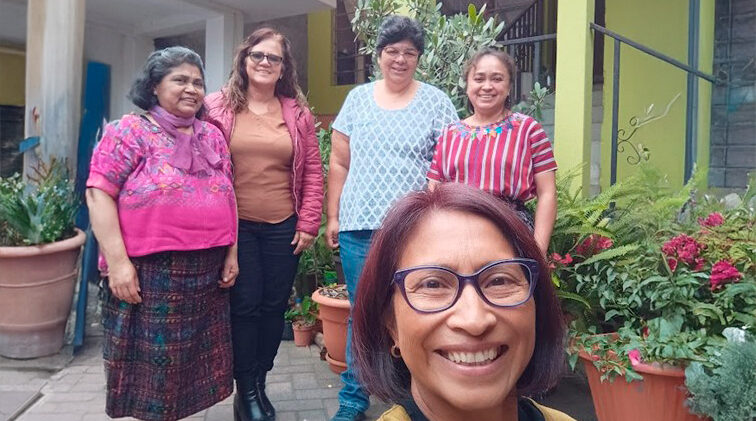
A Focolare in the indigenous heart of Guatemala
Marta, Lina, Efi and Moria are four women, four focolarine, who have followed different paths in life and who have now found common ground between dreams and reality. They chose to move to Chimaltenango from their previous communities, embarking on an experience of living in a multicultural city where poverty and ethnic fractures are part of everyday life.
Chimaltenango is a city in Guatemala, 50 km from the capital, at an altitude of 1800 meters above sea level. Nearly 120,000 inhabitants of 23 different indigenous peoples have settled there in order to survive economically.
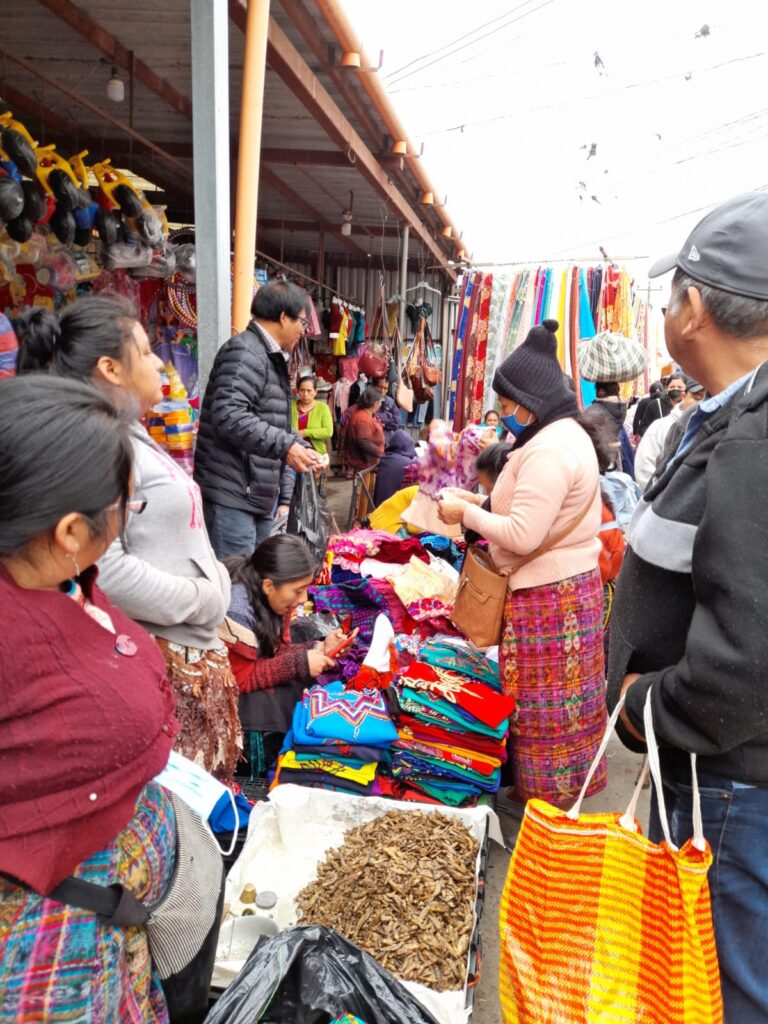
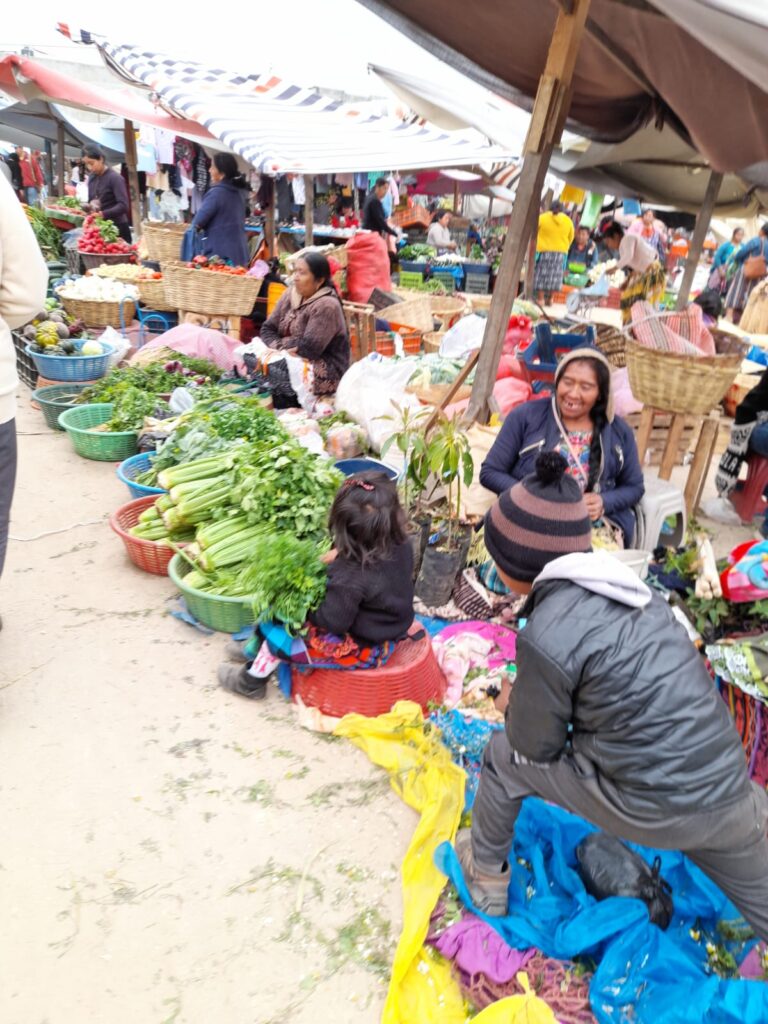
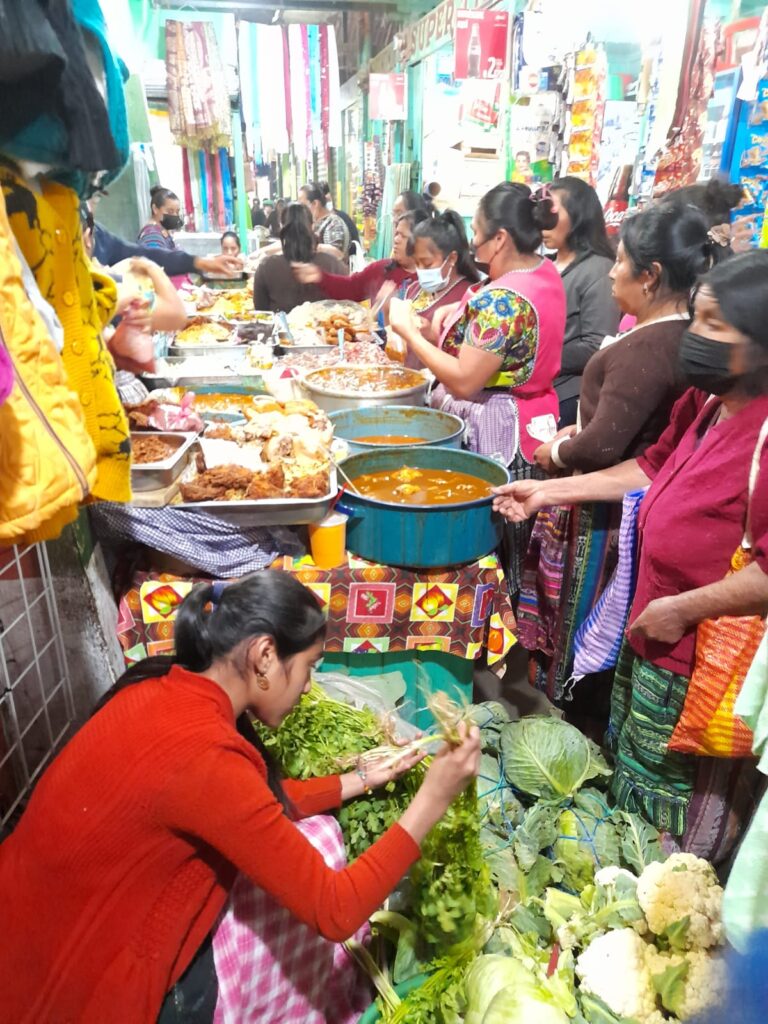
Efi, from Panama told us, “I lived in Argentina for many years. Then I spent a few years in Mexico and, just before the pandemic, I arrived in Guatemala where I remained only 3 months as I had to return to Panama to be close to my mother who became ill and then passed away. That was a year that also helped me to rethink many things, to take stock of what I had lived up to that point and to renew my choice of donation to God made years ago”. She returned to Guatemala for this project in Chimaltenango.
She continued, “I grew up in a rural environment among very simple people and my dream has always been to do something for the humblest in society. There is immense poverty here. And there are also indigenous communities, people who have encountered the spirituality of the Movement and who, due to the pandemic and their social circumstances, have been left on the margins (of society)”.
Lina is Guatemalan, Kaqchikel, of Mayan origin. She explained that one of the most obvious fractures is between indigenous people and mestizos (also called “ladinos” in Guatemala, referring to all those who are not indigenous). Relationships are not fraternal, there is no dialogue. She said, “It has always been a goal for me to endeavour to overcome that fracture. From the moment I had my first contact with the Focolare, I thought that this was the solution for my culture, for my people, for my community. ” She recalled the moment in December 2007 when, at the end of her course of formation to become a focolarina, she greeted Chiara Lubich and said to her: “I am indigenous and I am committed to bringing this light to my Kaqchikel people”. She remembered that she “felt that it was a commitment expressed to Chiara but made to Jesus”. Upon her return to Guatemala, she dedicated herself to working with young people, always with the aim of generating bonds of unity both in indigenous communities and in the city.
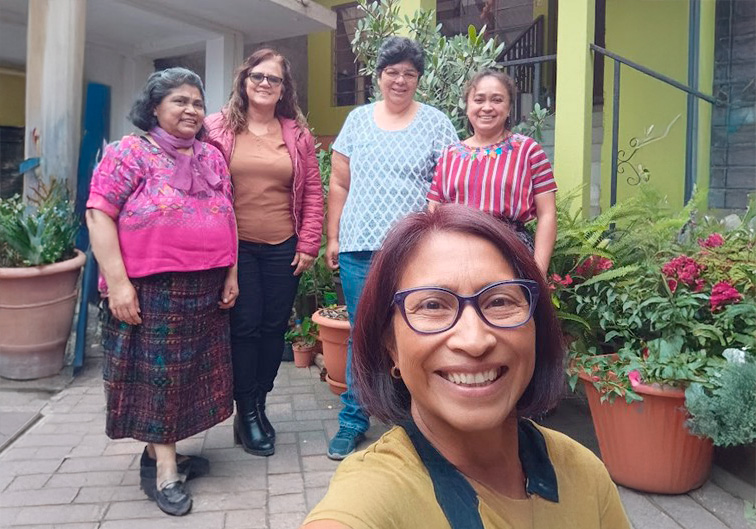
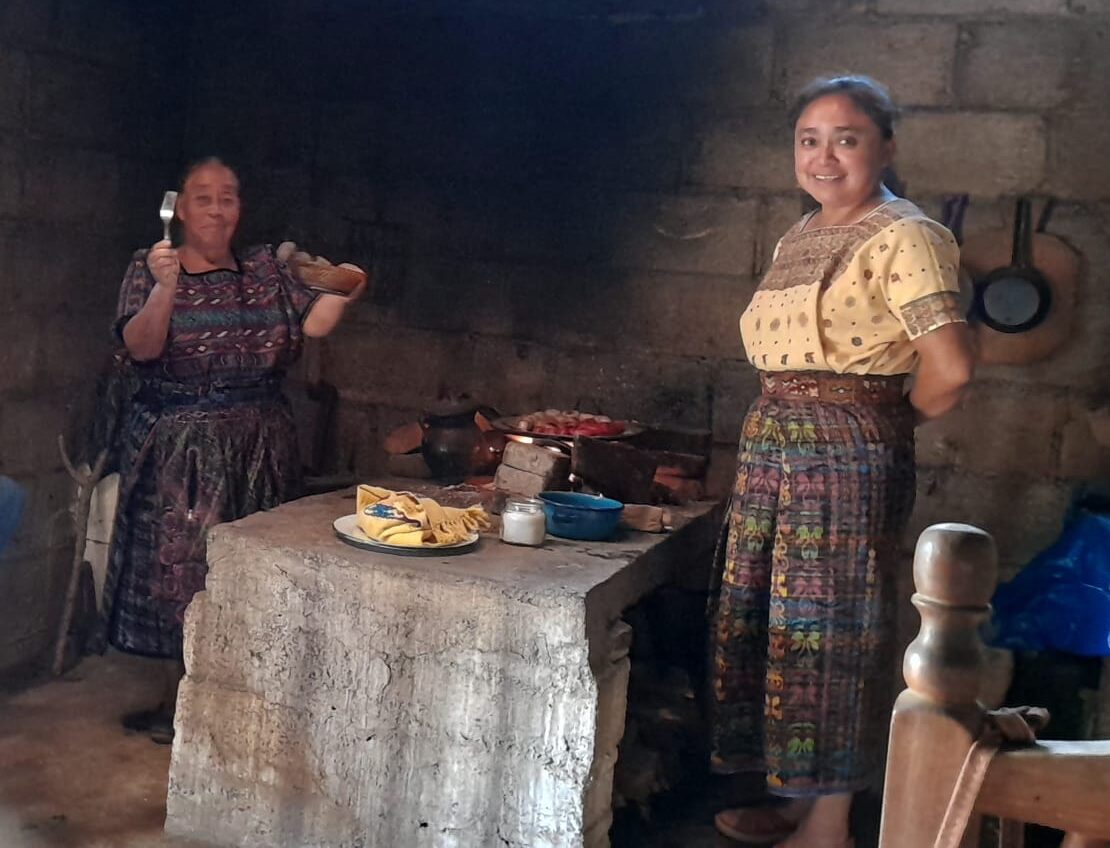
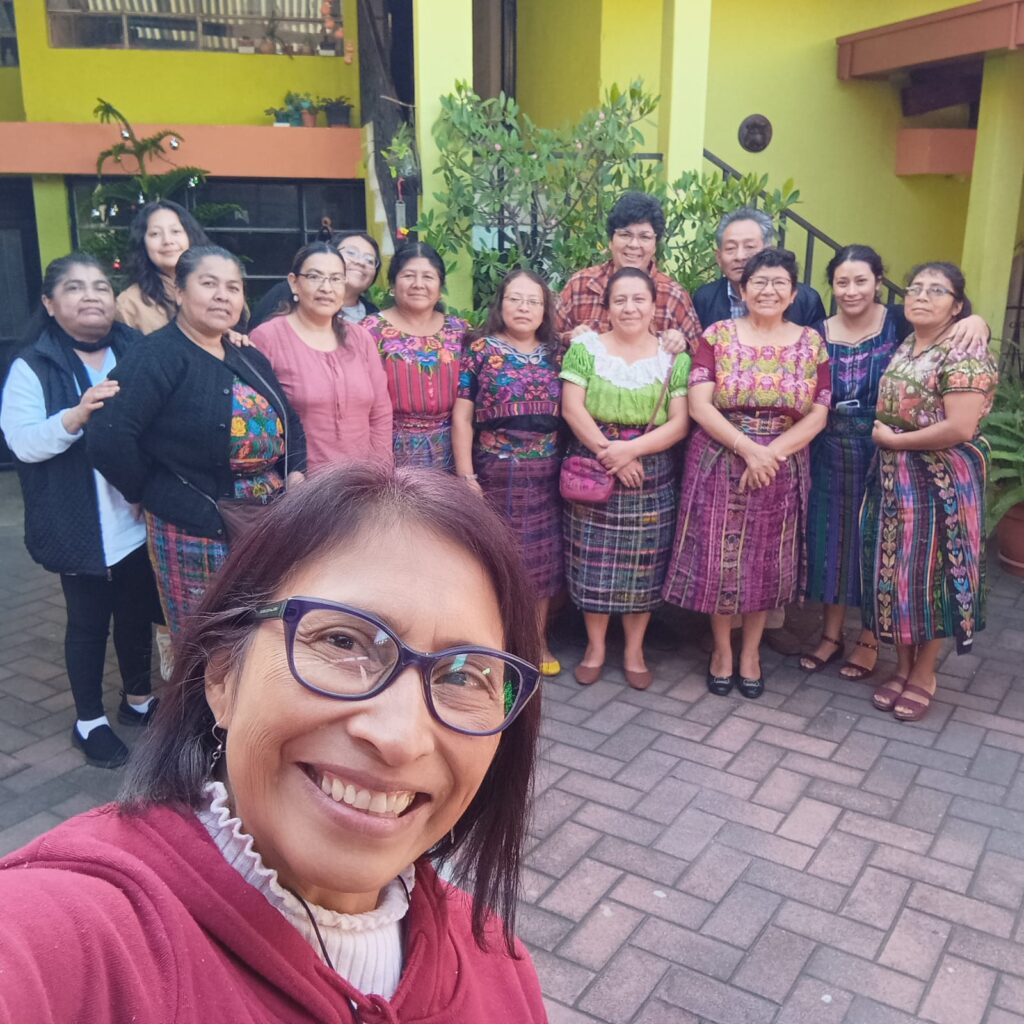
Marta is also from Guatemala, of mixed race. In her early years in the focolare, she was able to devote herself to spreading the charism of unity in indigenous communities. Later, she managed the Mariapolis Centre, the Focolare’s residential centre in Guatemala City. It was a demanding task that lasted 23 years and saw the process of national reconciliation and the reclaiming of indigenous peoples’ rights, because various indigenous communities chose the Mariapolis Centre as a meeting place. Then she was in Mexico for a while. At that time discussions about identity arose and the question arose spontaneously in her: “What is my identity? What are my roots?” She found the answer in the “Virgin of Guadalupe” who, when she appeared in Mexico in 1531, was depicted on Juan Diego’s poncho with physical characteristics typical of native peoples. “For me it was to understand that I was a mestiza like her, that she has both roots and can dialogue with both groups”.
Moria, who is from Chimaltenango, lives with her natural family and is part of the focolare as is Lidia, a married focolarina who lives in Guatemala City.
Stories that intertwine until they settled in this city that unites so many backgrounds and cultures into one. Efi said, “Our desire is to be with people, to get closer. In simple, everyday things: that greeting, that smile, that pausing, simply being with that lady who doesn’t speak Spanish because she speaks her own language and we don’t understand each other”. And she recounted: “One day I needed to buy bread. I went to the market and the women who were selling were sitting on a wicker mat. If I wanted to begin a conversation with one of them, I would bend down to be on the same level and since it was a place for trading, I would try to be fair with her”.
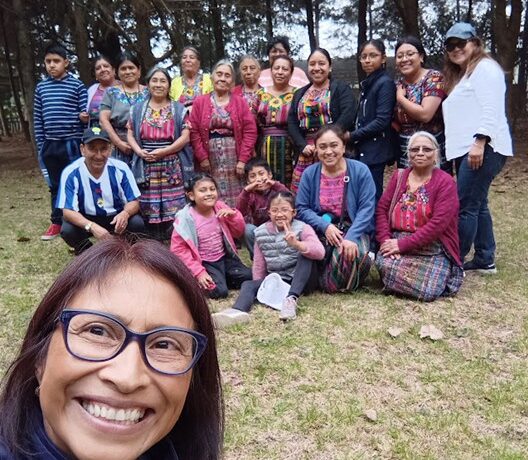
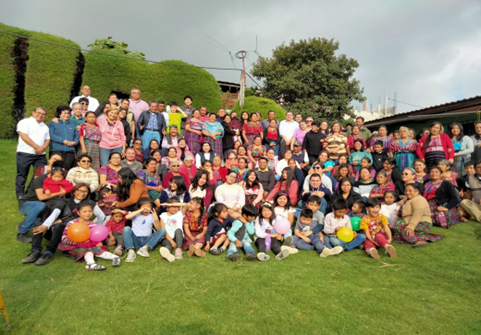
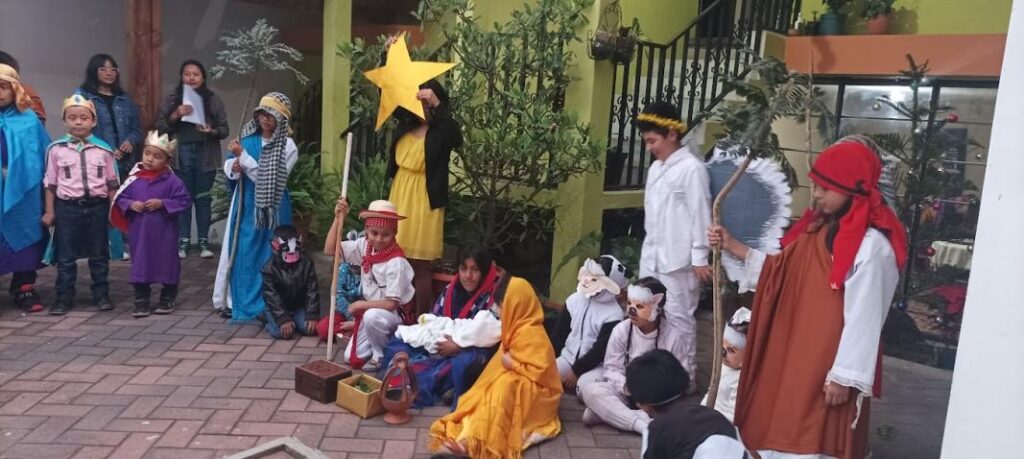
Lina added, “Since we arrived, we have tried to reconnect with people who met the spirituality of unity over past years, by going to visit them in their homes, bringing something, for example some fruit, as is the custom”. In this way, a circle of reciprocity has grown and people began to keep in touch with the focolare which is now often filled with the voices of mothers with their children, young people and, sometimes, some fathers who pluck up the courage to come too. And so, almost effortlessly, a community has formed around this new focolare in the heart of Guatemala’s indigenous culture.
Carlos Mana
Photo: © Focolar Chimaltenango

 Maria Voce and Giancarlo Faletti were welcomed by a colorful carpet of flowers from ancient religious tradition and by a festive atmosphere at the Our Lady of the Focolarini Mariapolis Center in the Guatemala capital. This is the first stop on an extended visit to Latin America. They have come to visit “the family of Chiara” that lives in this corner of the world. It has been an intense journey in which they have met civil and ecclesiastical authorities and representatives from various lay organizations who are members or friends of the Focolare. It has been a story of life and relationships that have been sown and nourished by Chiara Lubich’s charism of unity. Some have travelled from Honduras, El Salvador, Nicaragua and Belize. The ancient cultures of the region are living on in them: Maya, Garifuna, Garifuna, the Incas and Mestizos. A set of dances is offered by children and teens who attend the Fiore Educational Centre in Guatemala City. One moment of the program is dedicated to Fiore Ungaro, a focolarina who first brought the spirituality of unity to these lands. Today the education center has 210 students with 28 teachers and staff. It is a concrete answer of love by the people of the focolare, because as in all Latin American countries, education is perhaps the decisive battlefront in which the wounds of this society will be defeated. The Bishop of Escuintla, Victor Hugo Palma Paúl was also present at a meeting with representatives from ten Movements who are members of the “Comisión de Movimientos Laicales y Nuevas Comunidades” (Commision of Lay Movements and New Communities), an agency of the Bishops Conference of Guatemala. He welcomed Maria Voce and Giancarlo Faletti: “The Focolare is one of the most vibrant schools that we have.” “Your charism is one that enflames, welcomes and warms the Christian life, placing the accent on unity.” Forty focolarini and focolarine live in this Central American country. They come from Argentina, Ecuador, Mexico, Colombia and Italy. They are the “heart” of the Focolare Movement and a true reflection of it: different ethnic groups, professions, political, social and economic sensibilities. Maria Voce listens and, at the conclusion of the meeting, shares an idea: Unity should pass through a “culture of trust”. “It is a matter of having absolute trust in the other, in the sister or brother. The other wants what I want – unity. Let what you do not be done to be admired, to assert yourself or so that you may stand out. Let it be done for the sake of unity. Each of you works in a different way, but let each one work for unity. To trust in God and in the other, therefore, is an imperative. It means believing that God is at work. He doesn’t need perfect people, but only those people of whom he has need.” There was folkloristic costume and dance, engaging rhythms and sounds. Six hundred people gathered in the Mariapolis Centre hall. They were all members of the Focolare community living in these lands. This history of the Focolare in Central America goes back to 1954 and it is extraordinary because of the war, the economic difficulties, and the great distances. Yet it is a story that expresses gratitude to God. “Your peoples,” Maria Voce concluded, “seem to me to have a destiny: that of showing what the world would be if account were taken of the value of each human being. Everyone’s experience is necessary to others in order to construct a mosaic of unmatched beauty.” During a meeting with more than 200 youths between the ages of 15 and 25, a deep relationship was established in which, amid the exuberant joy of being together, there also emerged the difficulty of going against the current when it came to making certain choices: “You’re not alone,” Maria Voce told them, “each time that you find yourselves before a choice you must make, remember that you’re not alone, but that all the youths who have made the choice for a united world are with you.”
Maria Voce and Giancarlo Faletti were welcomed by a colorful carpet of flowers from ancient religious tradition and by a festive atmosphere at the Our Lady of the Focolarini Mariapolis Center in the Guatemala capital. This is the first stop on an extended visit to Latin America. They have come to visit “the family of Chiara” that lives in this corner of the world. It has been an intense journey in which they have met civil and ecclesiastical authorities and representatives from various lay organizations who are members or friends of the Focolare. It has been a story of life and relationships that have been sown and nourished by Chiara Lubich’s charism of unity. Some have travelled from Honduras, El Salvador, Nicaragua and Belize. The ancient cultures of the region are living on in them: Maya, Garifuna, Garifuna, the Incas and Mestizos. A set of dances is offered by children and teens who attend the Fiore Educational Centre in Guatemala City. One moment of the program is dedicated to Fiore Ungaro, a focolarina who first brought the spirituality of unity to these lands. Today the education center has 210 students with 28 teachers and staff. It is a concrete answer of love by the people of the focolare, because as in all Latin American countries, education is perhaps the decisive battlefront in which the wounds of this society will be defeated. The Bishop of Escuintla, Victor Hugo Palma Paúl was also present at a meeting with representatives from ten Movements who are members of the “Comisión de Movimientos Laicales y Nuevas Comunidades” (Commision of Lay Movements and New Communities), an agency of the Bishops Conference of Guatemala. He welcomed Maria Voce and Giancarlo Faletti: “The Focolare is one of the most vibrant schools that we have.” “Your charism is one that enflames, welcomes and warms the Christian life, placing the accent on unity.” Forty focolarini and focolarine live in this Central American country. They come from Argentina, Ecuador, Mexico, Colombia and Italy. They are the “heart” of the Focolare Movement and a true reflection of it: different ethnic groups, professions, political, social and economic sensibilities. Maria Voce listens and, at the conclusion of the meeting, shares an idea: Unity should pass through a “culture of trust”. “It is a matter of having absolute trust in the other, in the sister or brother. The other wants what I want – unity. Let what you do not be done to be admired, to assert yourself or so that you may stand out. Let it be done for the sake of unity. Each of you works in a different way, but let each one work for unity. To trust in God and in the other, therefore, is an imperative. It means believing that God is at work. He doesn’t need perfect people, but only those people of whom he has need.” There was folkloristic costume and dance, engaging rhythms and sounds. Six hundred people gathered in the Mariapolis Centre hall. They were all members of the Focolare community living in these lands. This history of the Focolare in Central America goes back to 1954 and it is extraordinary because of the war, the economic difficulties, and the great distances. Yet it is a story that expresses gratitude to God. “Your peoples,” Maria Voce concluded, “seem to me to have a destiny: that of showing what the world would be if account were taken of the value of each human being. Everyone’s experience is necessary to others in order to construct a mosaic of unmatched beauty.” During a meeting with more than 200 youths between the ages of 15 and 25, a deep relationship was established in which, amid the exuberant joy of being together, there also emerged the difficulty of going against the current when it came to making certain choices: “You’re not alone,” Maria Voce told them, “each time that you find yourselves before a choice you must make, remember that you’re not alone, but that all the youths who have made the choice for a united world are with you.”